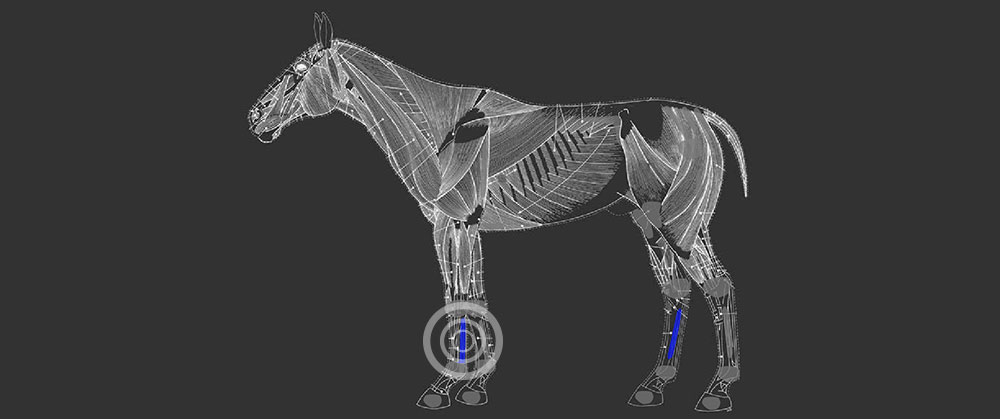Horse Desmitis (aka Suspensory Problems)
Desmitis (aka Suspensory Problems)


Desmitis can occur in the fore and hind limbs, however it commonly manifests in the forelimbs. Forelimb suspensory problems occur in all types of performance horses, however thoroughbred horses place a massive amount of stress on the suspensory apparatus in exercise and injuries associated with this ligament are much worse than in a performance horse which spreads their weight and stress more evenly in the body. Hind limb suspensory desmitis is more commonly seen in harness racing horses and horses which are trained up hills where the stress manifests in the hind limb region.
Pain the forelimb suspensory causes associated neck, shoulder and back compensatory hypertonicity and pain, where as hind limb suspensory pain causes hamstring, pelvic and lower lumbar and lumbo-sacral hypertonicity and pain which limits proper movement and thus performance of the horse.
When pain is present in the suspensory ligament there is a varying degree of inflammation present in the ligament.